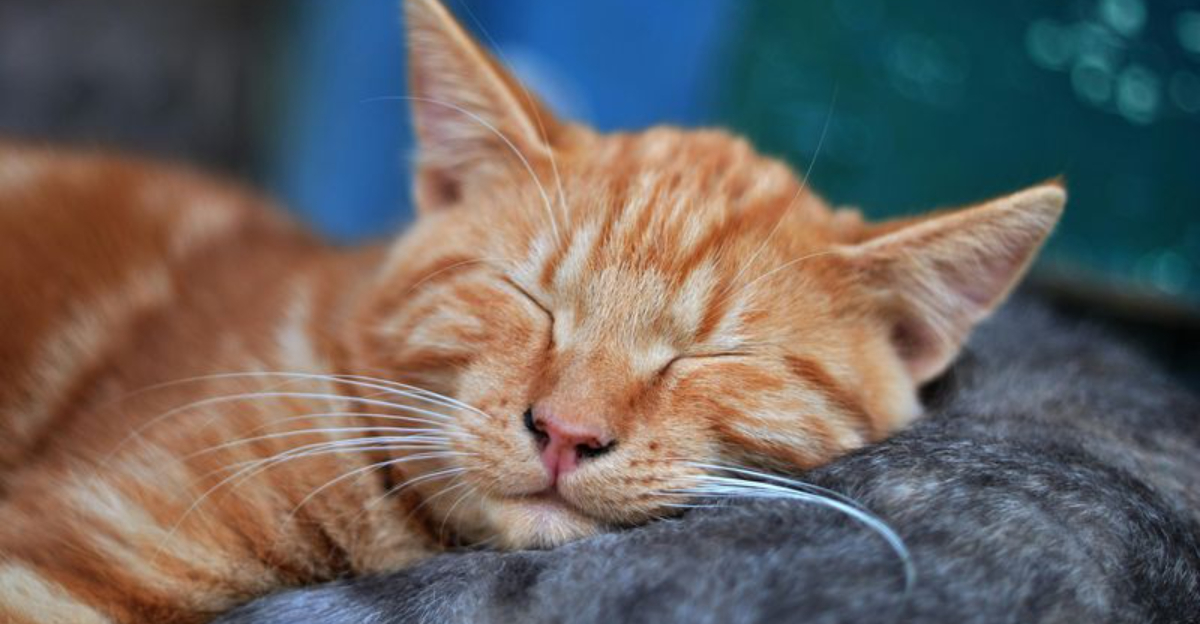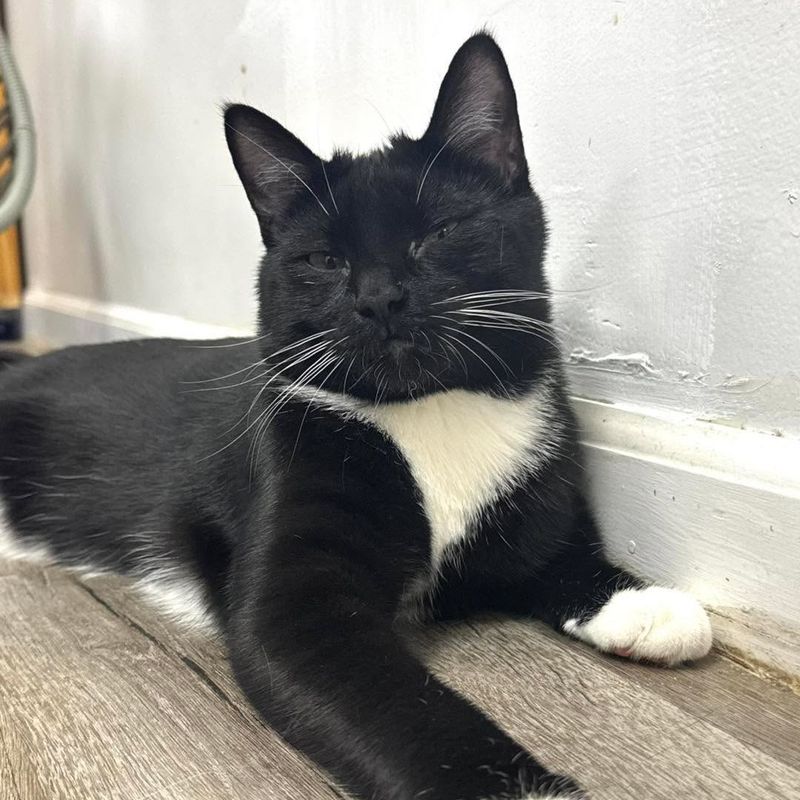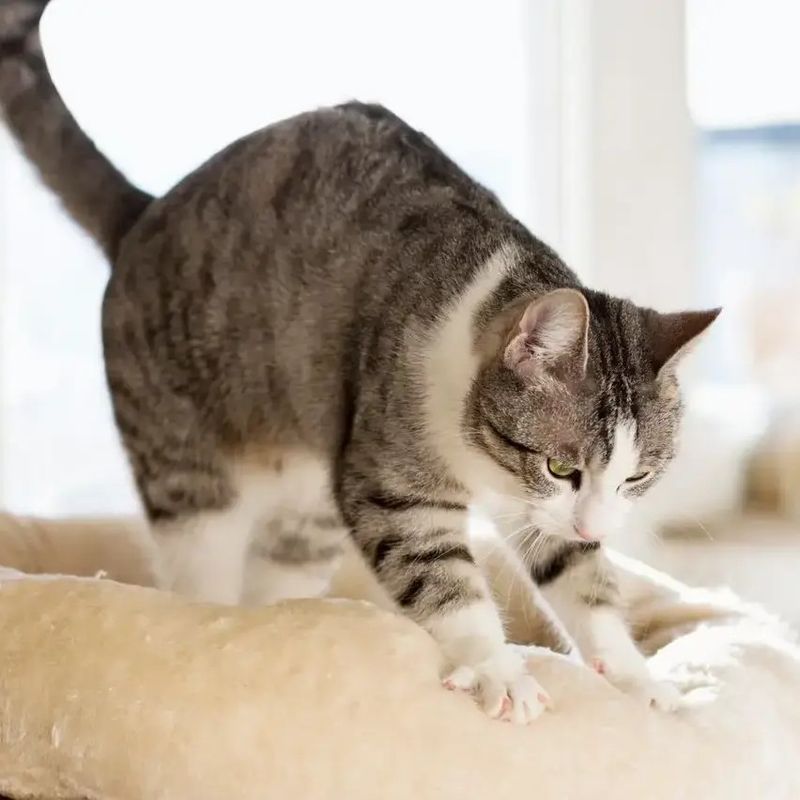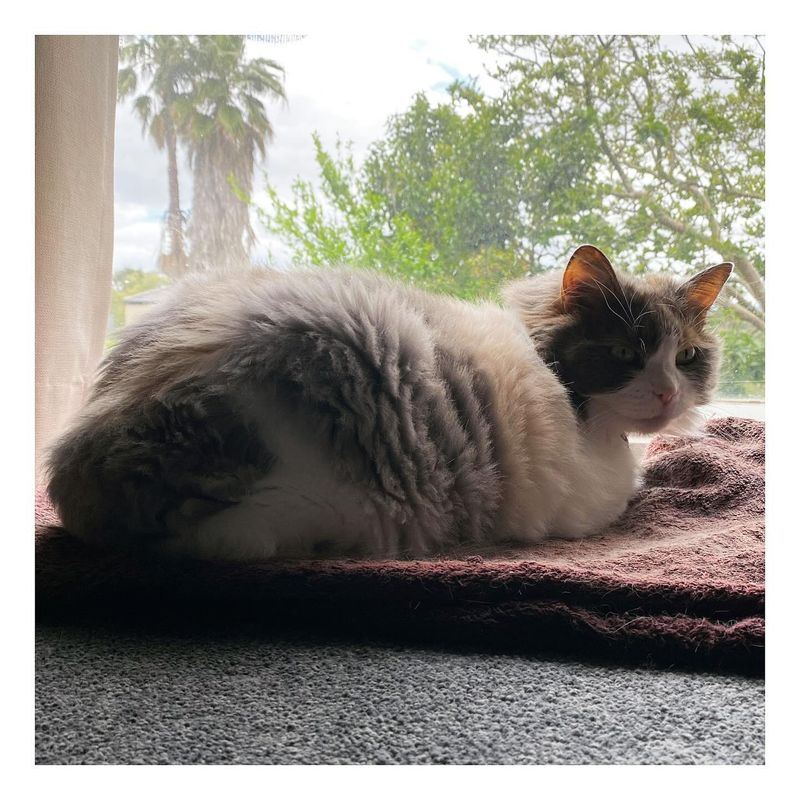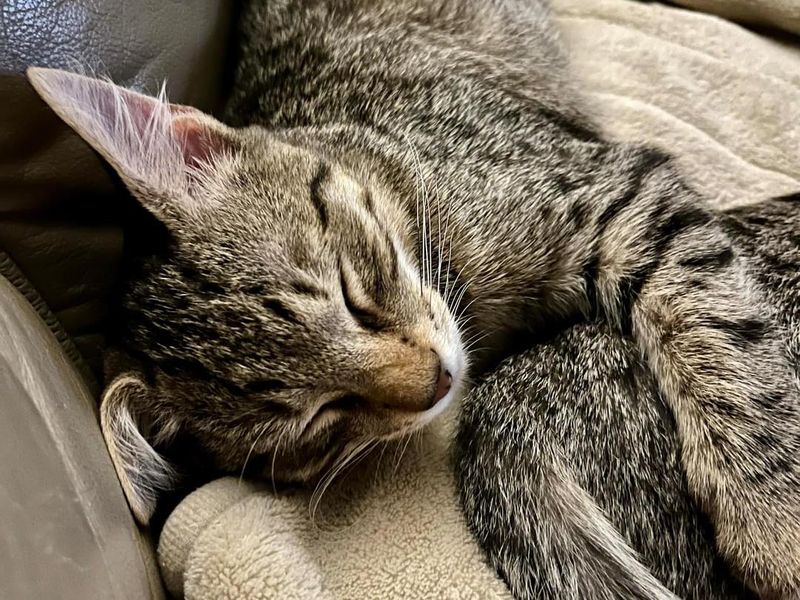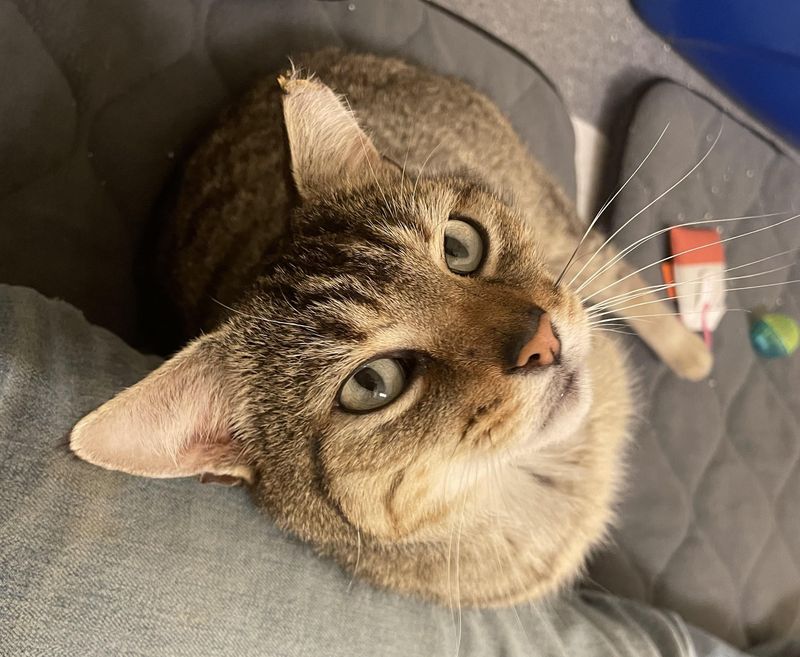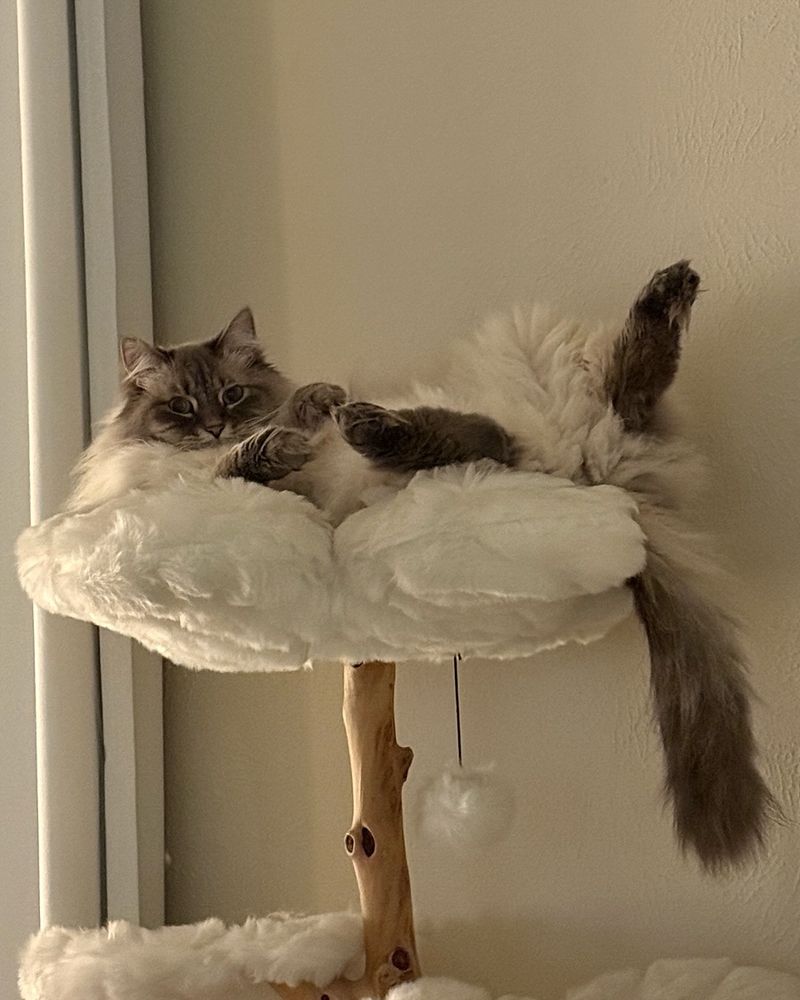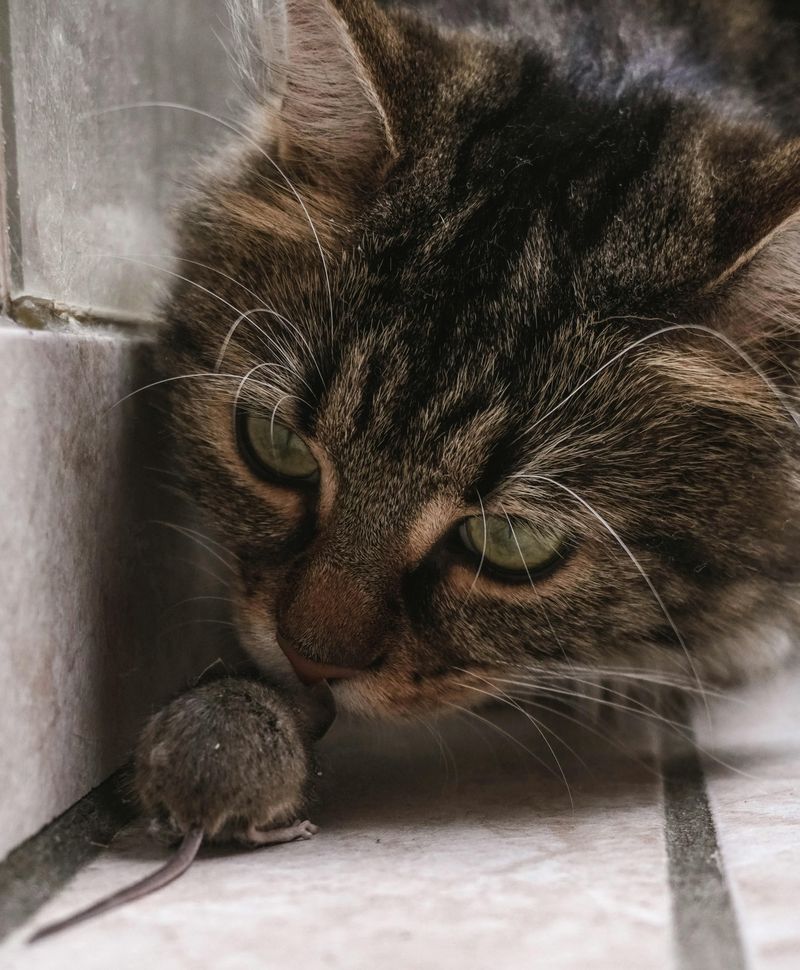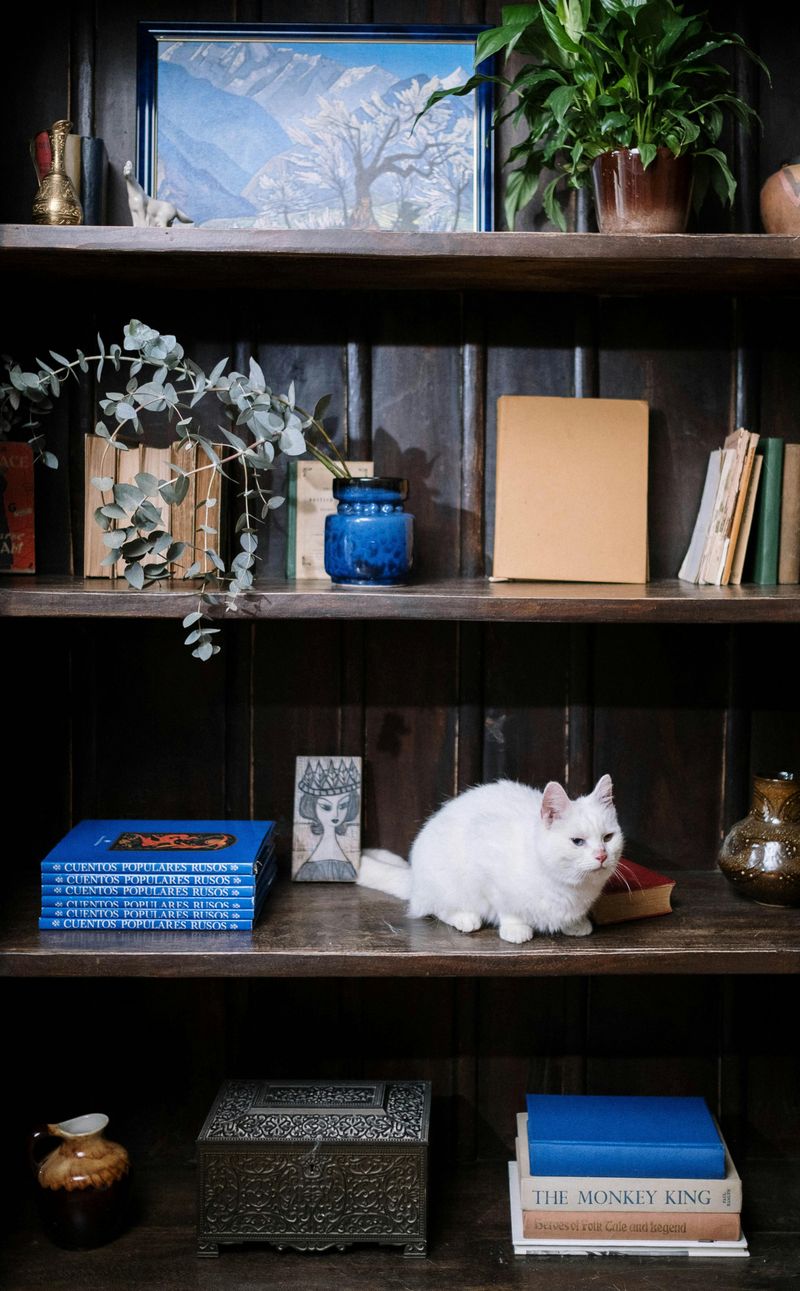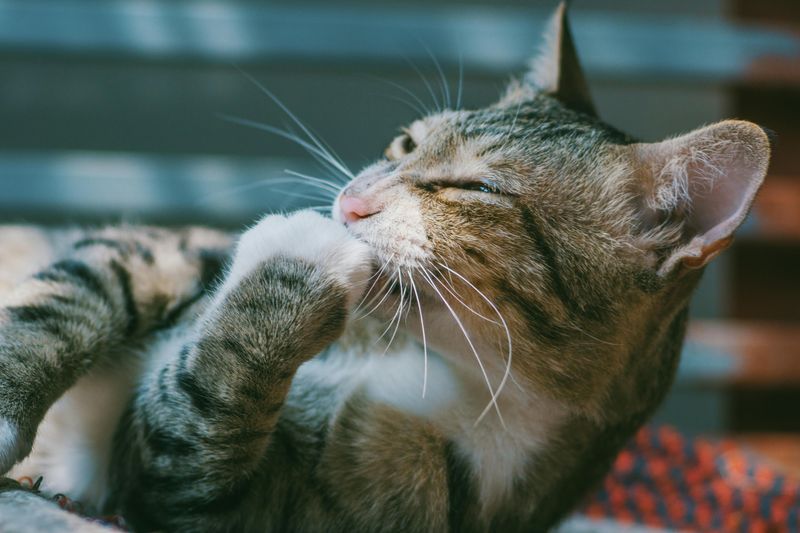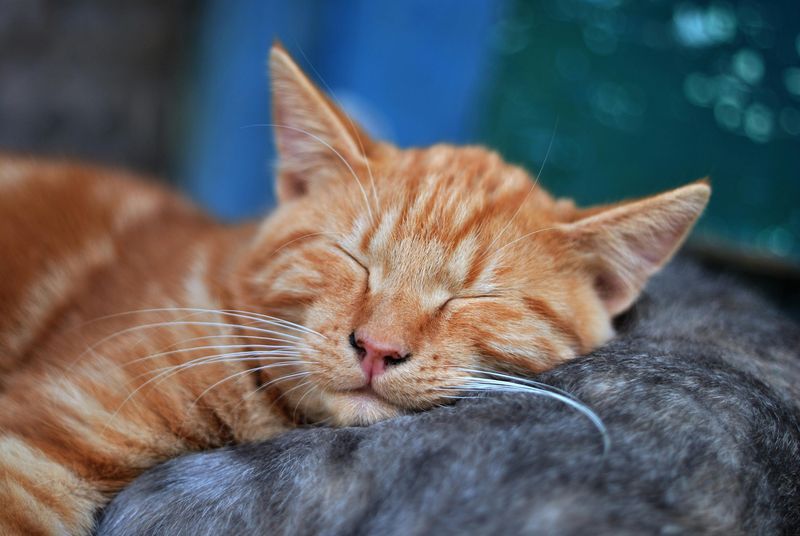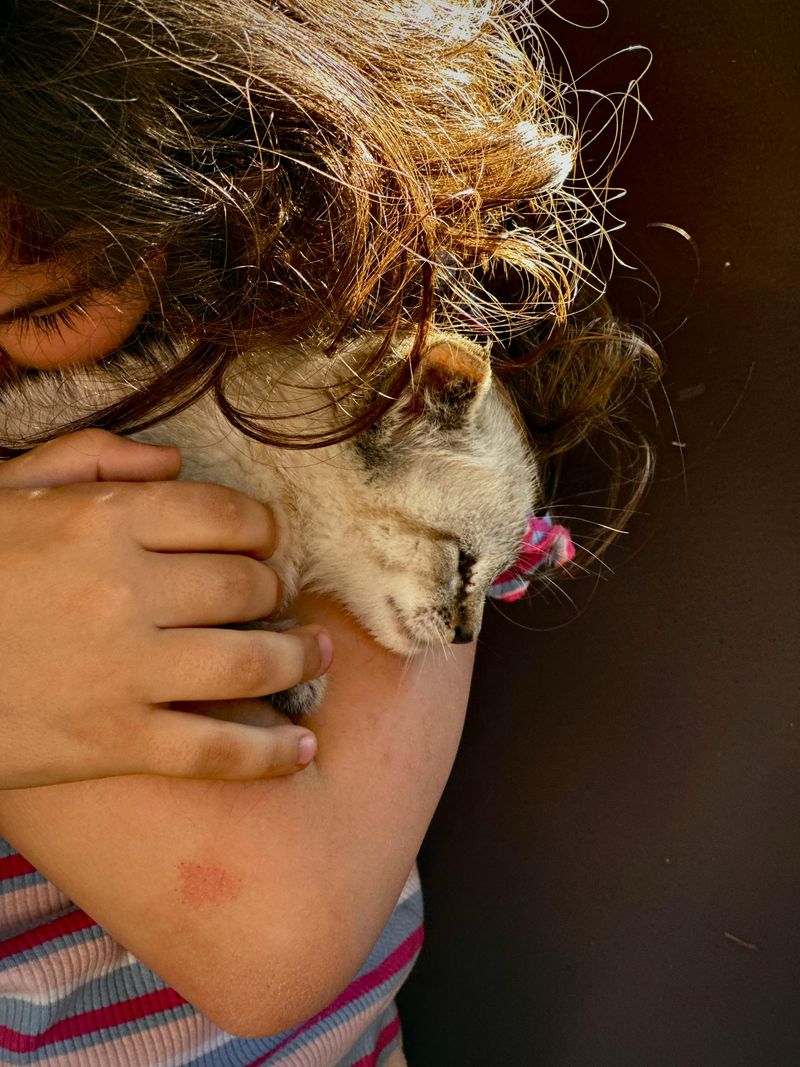📖 Table of Content:
- 1. Cute: Slow Blinking at Their Humans
- 2. Cute: Kneading Their Paws on Soft Surfaces
- 3. Cute: Chirping at Birds Through Windows
- 4. Cute: Curling Up in Tiny Spaces
- 5. Cute: Head-Butting Their Favorite People
- 6. Trouble: Excessive Nighttime Zoomies
- 7. Bringing You “Gifts” of Dead Animals
- 8. Trouble: Knocking Things Off Shelves While Watching You
- 9. Trouble: Excessive Grooming or Fur-Pulling
- 10. Purring While Appearing Unwell
- 11. Trouble: Sudden Affection From an Aloof Cat
Cats have a way of wrapping us around their paws with charm, mystery, and just enough chaos to keep life interesting. From slow blinks that melt your heart to 3AM zoomies that leave you wide-eyed, feline behavior is full of moments we label as “cute”—but not all of them are as innocent as they seem.
Some of your cat’s quirks are sweet signs of trust or contentment, while others could be quiet cries for help. Learning the difference isn’t just fascinating—it’s essential for keeping your cat healthy, happy, and understood. Here’s how to tell when that adorable behavior is just cat stuff… and when it’s a red flag.
1. Cute: Slow Blinking at Their Humans
Cat owners treasure those moments when their feline friend gazes at them and slowly closes their eyes. This gesture, often called a ‘cat kiss,’ is one of the purest forms of feline affection. Cats only slow blink at creatures they completely trust and feel safe around.
In cat language, closing eyes means vulnerability – they’re showing you they feel secure enough to temporarily let down their guard. When your cat gives you this gentle eye hug, try returning the gesture! Slow blink back to communicate your own affection.
This subtle interaction strengthens your bond without overwhelming your cat with physical attention they might not want.
2. Cute: Kneading Their Paws on Soft Surfaces
Remember watching your kitty push their paws against blankets or your lap, alternating left and right in a rhythmic motion? This adorable behavior, often called ‘making biscuits,’ starts in kittenhood. Baby cats knead their mother’s belly to stimulate milk flow while nursing.
Adult cats continue this comforting childhood habit when they feel content and safe. The repetitive motion releases feel-good endorphins, creating a soothing effect similar to how humans might find comfort in rocking or fidgeting.
Many cats purr while kneading, showing they’re experiencing peak relaxation. Though their claws might occasionally catch you, this sweet gesture means your cat feels perfectly at home.
3. Cute: Chirping at Birds Through Windows
Your cat’s excited chattering at birds isn’t just random noise – it’s a fascinating behavior that combines excitement and frustration. That distinctive chirping sound happens when your feline friend spots potential prey but can’t reach it through the window glass.
Scientists believe this jaw-chattering mimics the quick bite cats use to break prey’s necks in the wild. Others think it might be an expression of excitement or even an attempt to lure birds closer with bird-like sounds!
Whatever the reason, watching your cat’s focused attention and hearing those funny little noises provides endless entertainment while satisfying their hunting instincts from the safety of your home.
4. Cute: Curling Up in Tiny Spaces
Cats have an almost magical ability to squeeze themselves into impossibly small containers. From sinks and boxes to vases and bowls, if it looks too small for your cat, they’ll probably try to fit anyway! This snug-seeking behavior stems from their wild ancestors who sought tight spaces for protection and warmth.
Small spaces make cats feel secure since they can monitor their surroundings while feeling protected from potential threats. The pressure of walls against their body also creates a calming, swaddling effect many cats find irresistible.
Next time you find your kitty stuffed into a shoebox half their size, know they’re not just being silly – they’re following ancient comfort instincts!
5. Cute: Head-Butting Their Favorite People
That gentle bump against your leg or face isn’t your cat being clumsy – it’s a deliberate show of affection called bunting. When your feline friend bumps you with their head, they’re actually marking you with scent glands located around their face, claiming you as part of their trusted circle.
This sweet gesture serves multiple purposes: establishing territory, creating a group scent among their chosen family, and expressing comfort and trust. Not every cat offers head-butts freely – receiving this gesture means you’ve earned a special place in your cat’s heart.
The intensity varies from subtle nudges to enthusiastic bonks that might almost knock you over!
6. Trouble: Excessive Nighttime Zoomies
Those midnight sprinting sessions might seem playful, but excessive nighttime activity often signals your cat isn’t getting enough stimulation during the day. Cats are crepuscular hunters by nature, most active at dawn and dusk, but domestic cats should adapt somewhat to human schedules.
When cats tear through the house at 3 AM, they’re burning energy that should have been used earlier. Try introducing interactive play sessions before bedtime with wand toys or puzzle feeders to tire them out. Some cats benefit from a second feeding right before you sleep.
Consistent, energy-draining play during your evening hours helps reset their internal clock and prevents those sleep-disrupting racing episodes.
7. Bringing You “Gifts” of Dead Animals
Finding a dead mouse on your doorstep might seem like a morbid present, but your cat thinks they’re doing you a favor! This behavior stems from a mother cat’s instinct to teach kittens hunting skills by bringing home partially killed prey for practice.
Your well-fed house cat sees you as family who needs hunting lessons or extra food. While disturbing to us, this gesture shows your cat’s caring nature – they’re contributing to the household in the only way they know how.
To reduce these unwanted surprises, increase interactive play with toys that satisfy hunting urges, and consider a collar with a bell if your cat goes outdoors.
8. Trouble: Knocking Things Off Shelves While Watching You
That direct eye contact while your cat deliberately pushes your favorite mug off the counter isn’t just mischief – it’s a call for attention. Cats quickly learn that knocking objects over creates an immediate reaction from humans, whether it’s laughter, scolding, or rushing to clean up.
Any reaction is better than being ignored in your cat’s mind! This behavior often increases when cats are bored or understimulated. The falling object also creates movement, turning static items into something more interesting to their predatory instincts.
Rather than punishing this annoying habit, try providing more environmental enrichment and scheduled playtimes to satisfy their need for interaction and mental stimulation.
9. Trouble: Excessive Grooming or Fur-Pulling
While cats naturally spend up to 50% of their waking hours grooming, excessive licking that creates bald spots or skin irritation signals trouble. What looks like a cat being extra clean could actually be a stress response or medical issue requiring attention.
Overgrooming often develops from anxiety, allergies, parasites, or pain. The repetitive licking releases endorphins that temporarily soothe the cat, creating a cycle similar to human nervous habits like nail-biting. Watch for patterns – does the behavior increase during thunderstorms or when guests visit?
If you notice bald patches or raw skin, consult your veterinarian promptly rather than assuming your cat is just being fastidious about cleanliness.
10. Purring While Appearing Unwell
Most people associate purring with contentment, but cats sometimes purr when they’re in pain or distress. This surprising behavior confuses many cat owners who assume their purring pet must be feeling fine, potentially delaying needed veterinary care.
Cats produce purrs at frequencies that promote healing and pain relief – essentially self-soothing when they’re uncomfortable. A cat that’s hiding, showing reduced appetite, or behaving unusually while purring might actually be trying to comfort themselves through discomfort.
Always evaluate purring alongside other symptoms and body language. If your normally active cat is suddenly purring while lying still for hours, trust your instincts that something might be wrong.
11. Trouble: Sudden Affection From an Aloof Cat
When your typically independent cat suddenly transforms into a clingy companion, your first reaction might be delight – finally, kitty loves me! However, dramatic personality changes often indicate health problems rather than a change of heart.
Cats instinctively hide weakness, but when truly unwell, they may seek comfort from their trusted humans. Thyroid issues, pain, anxiety, or sensory decline can trigger newfound clinginess. Senior cats experiencing cognitive changes sometimes become more dependent as they feel confused or vulnerable.
While occasional affectionate moods are normal, consistent behavior changes warrant a veterinary check. Your suddenly snuggly cat might be asking for help in the only way they can.
